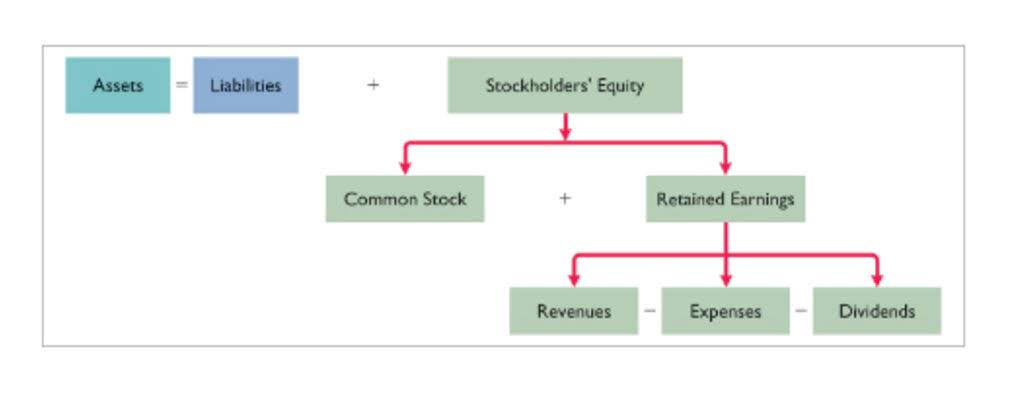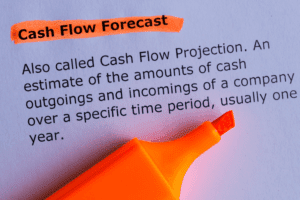Bookkeeping
Accounting Equation Examples

This is because creditors – parties that lend money such as banks – have the first claim to a company’s assets. For example, an increase in an asset account can be matched by an equal increase to a related liability or shareholder’s equity account such that the accounting equation stays in balance. Alternatively, an increase in an asset account can be matched by an equal decrease in another asset account. It is important to keep the accounting equation in mind when performing journal entries. To prepare the balance sheet and other financial statements, you have to first choose an accounting system. The three main systems used in business are manual, cloud-based accounting software, and ERP software.

Liabilities
This straightforward relationship between assets, liabilities, and equity is the foundation of the double-entry accounting system. That is, each entry made on the Debit side has a corresponding entry on the Credit side. The fundamental accounting equation, also called the balance sheet the accounting equation may be expressed as equation, is the foundation for the double-entry bookkeeping system and the cornerstone of the entire accounting science. In the accounting equation, every transaction will have a debit and credit entry, and the total debits (left side) will equal the total credits (right side).
- Both liabilities and shareholders’ equity represent how the assets of a company are financed.
- The primary aim of the double-entry system is to keep track of debits and credits and ensure that the sum of these always matches up to the company assets, a calculation carried out by the accounting equation.
- You can automatically generate and send invoices using this accounting software.
- This business transaction increases company cash and increases equity by the same amount.
- For every business, the sum of the rights to the properties is equal to the sum of properties owned.
- So, if a creditor or lender wants to highlight the owner’s equity, this version helps paint a clearer picture if all assets are sold, and the funds are used to settle debts first.
Accounting Equation Examples
If it’s financed through debt, it’ll show as a liability, but if it’s financed through issuing equity shares to investors, it’ll show in shareholders’ equity. The balance of the total assets after considering all of the above transactions amounts to $36,450. It is equal to the combined balance of total liabilities of $20,600 and capital of $15,850 (a total of $36,450). You can automatically generate and send invoices using this accounting software.

Owners’ Equity = Assets – Liabilities

That is, each entry made on the debit side has a corresponding entry (or coverage) on the credit side. The equation is generally written with liabilities appearing before owner’s equity because creditors usually have to be repaid before investors in a bankruptcy. In this sense, the liabilities are considered more current than the equity. This is consistent with financial reporting where current assets and liabilities are always reported before long-term assets and liabilities. Eventually that debt must be repaid by performing the service, fulfilling the subscription, or providing an asset such as merchandise or cash. Some common examples of liabilities include accounts payable, notes payable, and unearned revenue.
Module 4: Financial Statements of Business Organizations
- The accounting equation ensures that the balance sheet remains balanced.
- Merely placing an order for goods is not a recordable transaction because no exchange has taken place.
- Double-entry accounting is a system where every transaction affects at least two accounts.
- Assets include cash and cash equivalents or liquid assets, which may include Treasury bills and certificates of deposit (CDs).
- This may be difficult to understand where these changes have occurred without revenue recognized individually in this expanded equation.
- It’s a tool used by company leaders, investors, and analysts that better helps them understand the business’s financial health in terms of its assets versus liabilities and equity.
Money collected for gift cards, subscriptions, or as advance deposits from customers could also be liabilities. Essentially, anything a company owes and has yet to pay within a period is considered a liability, such as salaries, utilities, and taxes. Recall that the basic components of even the simplest accounting system are accounts and a general ledger. Accounts shows all the changes made to assets, liabilities, and equity—the three main categories in the accounting equation. Each of these categories, in turn, includes many individual accounts, all of which a company maintains in its general ledger. We calculate the expanded accounting equation using 2021 financial statements for this example.

If a business buys raw materials and pays in cash, it will result in an increase in the company’s inventory (an asset) while reducing cash capital (another asset). Because there are two or more accounts affected by every transaction carried out by a company, the accounting system is referred to as double-entry accounting. For a company keeping accurate accounts, every business transaction will be represented in at least two of its accounts. For instance, if a business takes a loan from a bank, the borrowed money will be reflected in its balance sheet as both an increase in the company’s assets and an increase in its loan liability. This straightforward relationship between assets, liabilities, and equity is considered to be the foundation of the double-entry accounting system. The accounting equation ensures that the balance sheet remains balanced.

